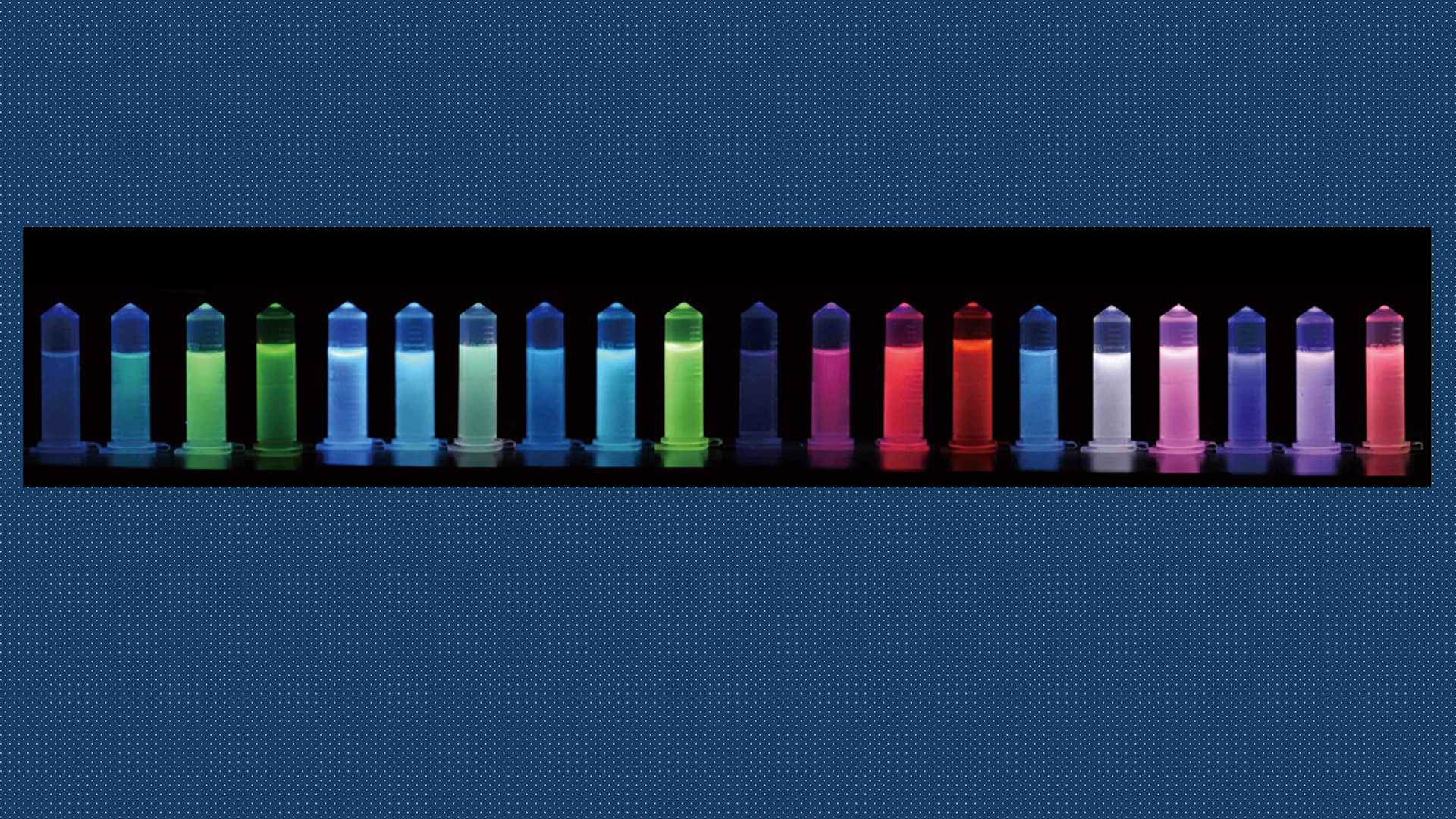In a discovery shaped by more than a decade of steady, incremental effort rather than a dramatic breakthrough, scientists from the National University of Singapore (NUS) and their collaborators demonstrated that great ideas flourish when paired…
Over Decade In Making: Illuminating New Possibilities With Lanthanide Nanocrystals
